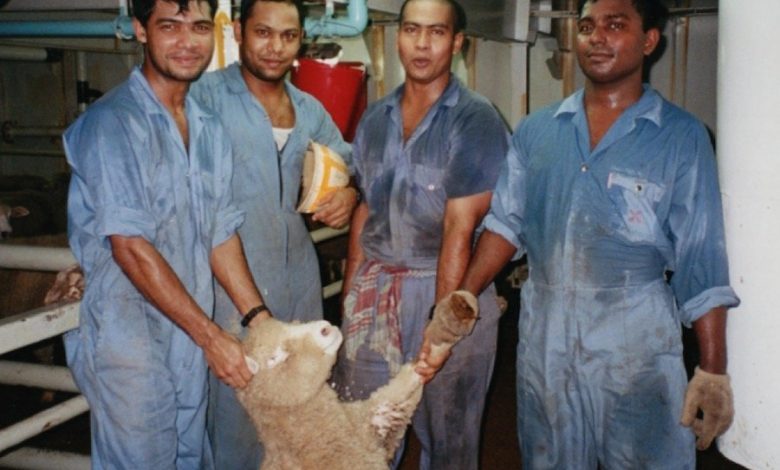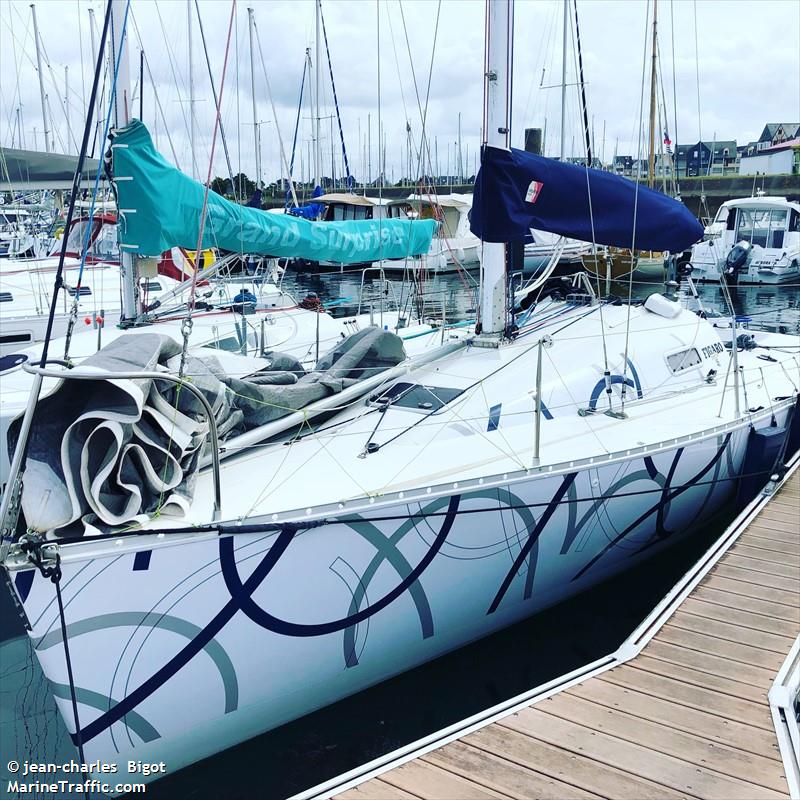Live Animal Export: Industrial insecurity

Regular livestock contributor Dr Lynn Simpson makes her 2019 debut warning there’s still plenty to fix in this trade.
Where to start? A quick update of current live export issues in Australia will help.
April 2018, video footage from five voyages on the Awassi Express was shown on ‘60 Minutes’. The footage, filmed by a concerned navigational officer, Fasal Ullah, shows Australian sheep dying of heat stress, exacerbated by overcrowding and generally appalling standards of carriage.
The public was outraged, the politicians outraged, and the world screamed bloody murder. The industry claimed these five voyages represented a “one off, unfortunate event”.
Reviews were conducted post haste. Heat stress was finally appraised on a scientific level of physiology, suffering and welfare, not the usual economic and mortality audit.
Clearly things needed to change. Welfare needed to improve. An immediate 30% reduction in stocking density was applied over the Middle Eastern summer. No shipper/ exporter I ever met wants to reduce their ‘cargo’/potential profits by 30%.
Some exporters declared it was not financially viable to operate on this higher welfare level and chose not to trade from Australia during that time. Obviously a ‘red flag’ that the animal’s welfare is not of utmost importance to some operators?
The 2018 Middle Eastern summer ended, and a new stocking density reduction of 17.5% was implemented.
Science-based heat stress reviews continue to be refined.
The industry, in a sensible, but insufficient attempt at saving its trade in live, sentient animals, conceded that there really is a heat stress problem whilst carrying sheep by sea to or through the Middle Eastern summer. To counter this, it announces a self-imposed moratorium of live sheep exports from June to August (inclusive). The heat risk period is much longer, but it’s a start.
The science proves that any sheep exposed to a wet bulb temperature (WBT- not to be confused with a dry bulb temperature (DBT) that the weather man uses) of greater than 28 degrees Celsius is at risk of suffering from significant and life threatening heat stress). The critical number of 28 degrees WBT was first flagged for heat stress deaths in sheep 30 years ago… but nothing was done.
It’s the reason you see smooth coated goats, cattle, horses and buffalo in the tropics… but an absolute dearth of wooly sheep. Sheep need to use their lungs, not body surface, to fight heat stress.
On a ship, the WBT and DBT are recorded each day (rarely at the hottest time) and from these two numbers the ‘relative humidity’ (RH) can be determined. Humidity that fills lungs with moisture, impedes heat loss ability and kills sheep. Sheep can withstand a high DBT as is common in Australia, providing the WBT, and hence RH is low. The sheep decks are often hot and humid, even during winter months.
The deja-vu of this is frustrating but vital to note.
How many times have I been asked by a captain, operational manager or general manager; i.e.; “are you sure you want to use that word?”, “Why write, had to be physically extracted from the manure, when you could just say removed from pen?”, “How much would it cost to get you to change that report?”, “We had the numbers wrong, that mortality number should now be ???”, and on it went. Dilute your reports.
I speculate ‘report dilution’ continues.
I personally handed an end of voyage report (EOVR) to the general manager of a large shipping company one day. In it I had multiple animal welfare concerns.
His response upon reading it; “how much would it cost to get you to change this report?”
My response: “There isn’t enough money.”
Never fear, all details were formally reported to the regulators including again in the more recent ‘Moss Review’. Nothing was done, that company still operates.
As penance for the curse of ‘giving a toss’ about animal welfare. I then endured the following.
He called the Department of Agriculture in Canberra to warn them that ‘they wouldn’t like my report he was about to fax to them’.
Knowing what I do now, he dug his own hole. The Canberra branch were not sufficiently experienced or trained to comprehend the consequences of the issues in my report. Heat stress deaths onboard in January (Middle Eastern winter), insufficient, interrupted and faulty water supply to sheep- exacerbating the heat stress issue.
Knowledge and first hand accounts of animal welfare concerns from the actual voyages, away from clean freshly loaded ships in port were very rare then. I doubt an eyebrow would have been raised had he not inadvertently alerted them. But raise the alarm he did.
As I left the building he phoned me. “I hope you’re happy with yourself missy, we now have to go to Canberra to explain your report”. “Sure, lets do that,” I replied.
Soon we were flying across Australia from Perth to Canberra to discuss the Al Shuwaikh.
This report triggered a chain of events that continue to fall into place to this day. During that trip to Canberra I was personally in contact with the Department of Agriculture and the Australian Maritime Safety Authority (AMSA).
It has proven to be a blessing in disguise.
I continue illuminating both parties of the inconsistencies and irregularities of the current public relations attempts being desperately rolled out by the industry and misled associates. I too had been misled in the past. Their lack of transparency the best tool.
They are trying to embrace the idea of transparency now, and failing. Independent observer reports from the department are being redacted and seemingly sanitised, albeit with some glaring issues still present whilst under scrutiny. Faulty water supplies, WBT’s greater than 28 degrees Celsius, heat stressed, open mouth breathing, sheep continuing to suffer.
Visual transparency with images of freshly loaded ships in the mildest temperatures likely for voyages from Fremantle to the Middle East fooling no one. Failing to highlight that the stocking density is a minimum of 17.5% lighter than ‘normal’. And not actually declaring if it is actually lighter than that. The images I have seen broadcast are barely recognisable from those that I witnessed on my many voyages on the ships being shown. I would like to see an independently confirmed load plan married to those images. One that represents the true stocking density, the ‘time off shears’ for these sheep, the time to acclimatise to pellets in the feedlots. The actual preparation efforts with no corners cut.
Preparation that no doubt ate greedily into any potential profit margin.
The latest PR spin certainly does not represent the past 50 years of export standards, that are finally being forced to improve. They certainly dont represent my EOVR that has been forgotten by so many, and certainly not the voyages I worked on and refused any financial incentive to be quiet about.
For Lynn Simpson’s full archive of shocking exposés into the livestock trades, click here.

 .
.